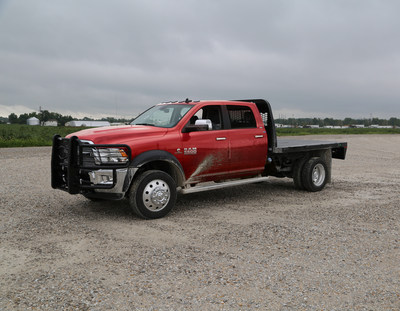Car Troubleshooting Tips Everyone Should Know

Cars are complex machines with systems and components that work together. When a problem occurs, and the car becomes damaged or loses power, you’ll need to troubleshoot the issue to bring it back to good condition. Continue reading to learn the car troubleshooting tips everyone should know to handle issues before they become worse.
Identify Noises and Sounds
Although every vehicle makes a noise when powered up, some sounds are out of the ordinary. Aside from the engine’s rumble, you may hear an odd knocking or rattling sound. If so, you must locate its source quickly. A metallic rattling occurs when something is loose in the car and needs tightening, such as a bolt or fastener.
Search around the engine for strange noises by checking the parts and ensuring they’re secure. Other noises, such as squealing, typically occur when a belt or rolling component scrapes against a solid surface. For example, you hear this noise when your brake rotors wear down and grind against the metal plate to stop the car. Troubleshoot the issue and find the noise sources to stop problems from worsening.
Know What To Inspect in Your Wheel System
The wheels are valuable parts of the vehicle, which makes troubleshooting them a priority if a problem occurs. Inspection is an essential tip for car troubleshooting that everyone should know. It’ll help you find the hidden issues in your vehicle, but you need to know what you’re looking for. Learn the layout of the different systems of the wheel, such as the suspension and the drivetrain, and how each one functions.
The numerous parts will play a role in any issues since many of them connect. Inspect the vehicle when you notice more shaking as you drive or a larger impact when you hit potholes. This may be a sign that your suspension needs repair, and you’ll need to identify why to properly maintain it.
Notice Unusual Visual Warnings
Most cars will give visual warnings that tell you of an existing problem. Troubleshooting the issues will require you to notice and handle these signs promptly. Visual signs may include a broken light or a slight lean to your vehicle that shows a problem with the wheels.
Knowing the different colors of exhaust smoke will help you determine whether a car overheats or has burning oil that needs immediate attention. Keep an eye on your vehicle’s appearance and look for anything wrong to begin troubleshooting and working out the issue.
Your vehicle is valuable, and you want to ensure it stays in good shape and avoids worsening problems. Use these tips to troubleshoot problems as they arise and prevent the vehicle from losing its performance.




